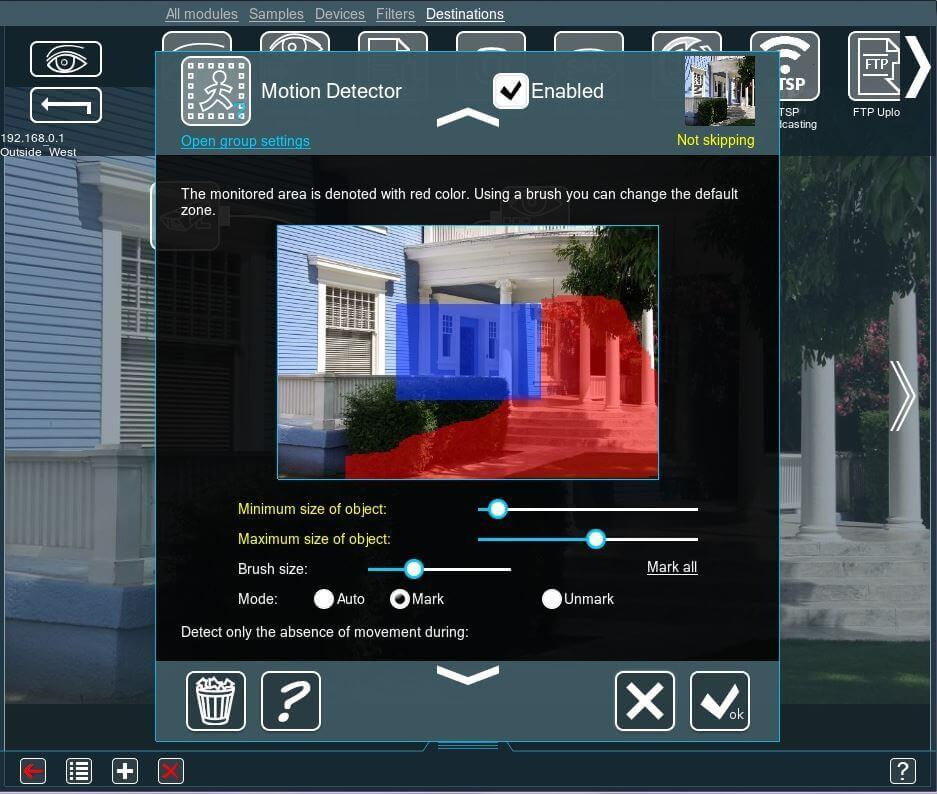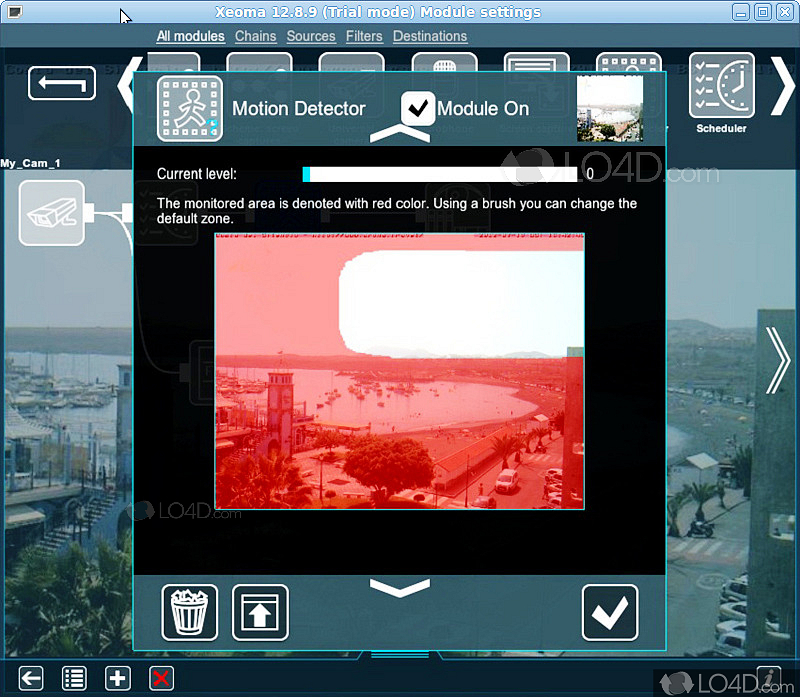

Reconstructive surgery is an option at this phase. There may still be problems with drooling and with opening/closing the jaw. The child may lose teeth teeth may also have become set in the wrong places. The child may have difficulty eating, drinking, and speaking. Tissue may be missing, teeth may still be exposed, and the face is disfigured. The disease is over by this point, but sequelae from the gangrenous and scarring stages remain. Although the acute phase is over, the child's life is still at risk. The child may experience trismus (difficulty moving/opening the jaw), scars will form, and any exposed teeth will set in place. The acute phase is over by this point, but treatment is still recommended. The child is apathetic, has little appetite, and has great difficulty eating. Bones and teeth may be exposed there may be a hole through the cheek. The necrotic tissue sloughs away over time, leaving holes in the face and the soft tissue. The lesions have well-defined borders and a center of black necrotic tissue. The gangrene may affect the cheeks, lips, nose, mouth, and nasal and oral cavities. In this stage, the infection eats away at the soft tissue of the child's face. At this point, sequelae will inevitably set in. The child may have a decreased appetite and difficulty healing. Lymphadenopathy (swollen lymph nodes) occur at this stage as well. The child may feel pain or soreness in their mouth and cheeks. Ulceration of the gums worsens during this stage ulceration may spread to the mucosa (soft, mucus-producing tissue) of the mouth and nose. The telltale sign is facial edema (swelling) of the lips, cheeks, eyes, etc. This stage begins the acute phase of noma. This stage has an "indefinite duration." Treatments for this stage and all five stages are listed in the "Treatments" section below. If the child is malnourished and has recently been sick with an infectious disease, such as measles or chickenpox, they are at more risk for developing noma. Painful ulcers of the gums develop, causing trouble eating. The child has fetid breath and may drool. The gums are red or reddish-purple and bleed spontaneously.

Vitamin A supplements are recommended as well. A high-protein diet and patient education on oral hygiene are also important. The WHO recommends disinfectant mouthwash if not available, use warm, salted water that has been boiled. At this stage, noma can still be prevented. The WHO recommends that parents and health workers check children's teeth for gingivitis. Gums bleed when touched or during brushing of the teeth. Warning signs īefore the development of noma, children may have simple gingivitis: inflammation and reddening of the gums. The World Health Organization divides noma into five stages: acute necrotizing gingivitis, edema, gangrenous, scarring, and sequelae. The mucous membranes of the mouth develop ulcers, followed by rapid, painful tissue degeneration and necrosis of the tissues of the bones in the face. Severe facial disfiguration resulting from gangrenous stomatitis (cancrum oris) Noma has also been seen in severely immunocompromised people in the developed world. This disease predominantly affects children between the ages of two and six years old in the least developed countries around the world, primarily in the "noma belt" of sub-Saharan Africa. Noma (also known as necrotizing ulcerative stomatitis, gangrenous stomatitis, or cancrum oris) is a rapidly progressive and often fatal infection of the mouth and face. Oral cancer, trench mouth, leishmaniasis post-kala-azar dermal leishmaniasis, leprosy, lethal midline granuloma, herpetic gingivostomatitis, syphilis, mucormycosis, chemical burns, other types of gangrene Īntibiotics, vitamin supplements, disinfectant mouthwashġ40,000 new cases per year (1998 estimate), may be underreported Poverty, protein malnutrition, recent illness, poor oral hygiene, kwashiorkor, HIV infection, "closely spaced pregnancies", maternal malnutrition Lifelong facial disfigurement, difficulty eating/drinking, social stigma, difficulty speaking Pediatrics, otorhinolaryngology, dentistryįacial edema, fever, gangrene of face, necrotizing gingivitis, difficulty eating, drooling, mouth and cheek pain, swollen lymph nodes, loss of appetite, anemia Stage 3 noma (gangrenous stage) in a young girl Cancrum oris, fusospirochetal gangrene, necrotizing ulcerative stomatitis, stomatitis gangrenosa, the "face of poverty"


 0 kommentar(er)
0 kommentar(er)
